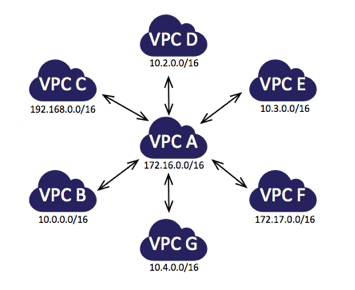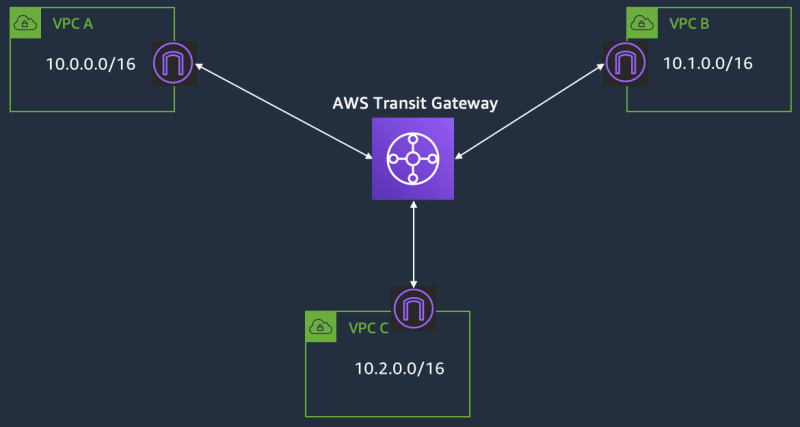AWS VPC Peering and AWS Transit Gateway are two different ways to connect multiple Virtual Private Clouds (VPCs) within an AWS environment.
VPC Peering allows you to connect two VPCs within the same AWS account or across different AWS accounts, using private IP addresses. It provides a direct network connection between the VPCs, allowing them to communicate with each other securely and efficiently. VPC peering is suitable for scenarios where you need to connect a few VPCs and have a simple network topology.
On the other hand,
AWS Transit Gateway is a fully managed service that provides a centralized hub for connecting multiple VPCs and on-premises networks. It simplifies network management by allowing you to create a single transit gateway and attach multiple VPCs and VPN connections to it. This eliminates the need for creating multiple VPC peering connections, which can be difficult to manage and scale as the number of VPCs grows.
In summary, AWS VPC peering is suitable for connecting a few VPCs with a simple network topology, while AWS Transit Gateway is designed for managing complex network topologies with multiple VPCs and on-premises networks.





Top comments (0)